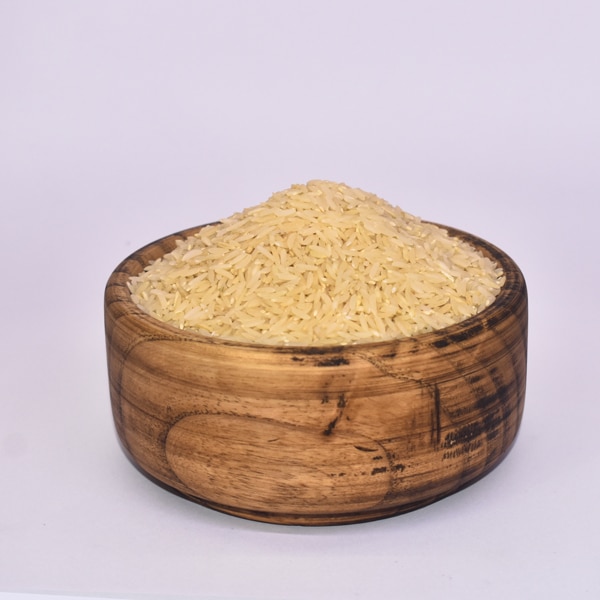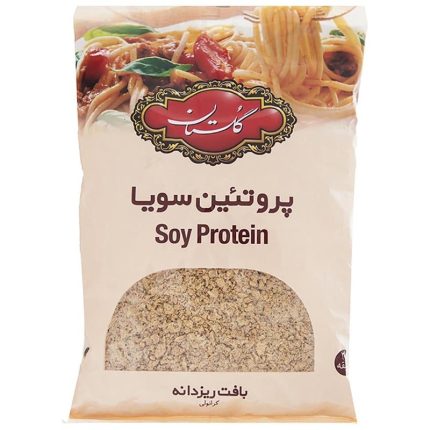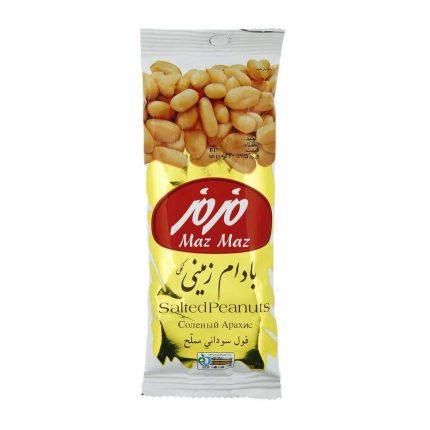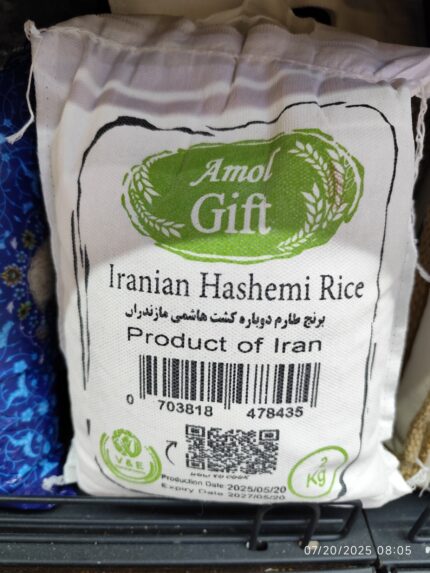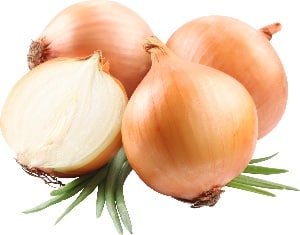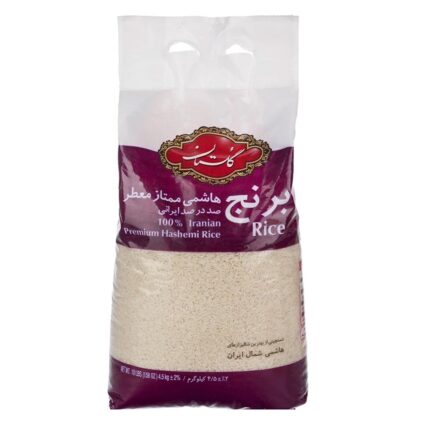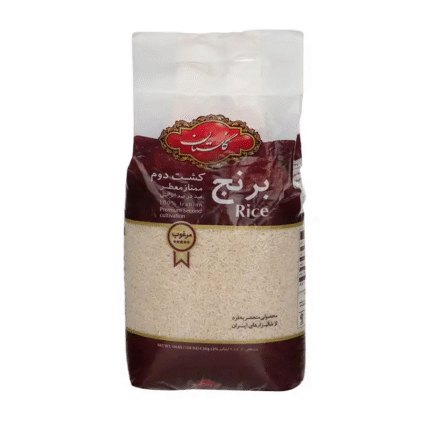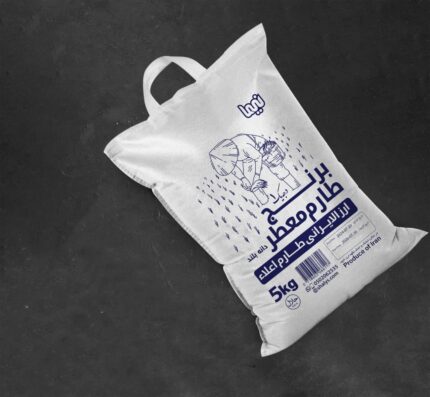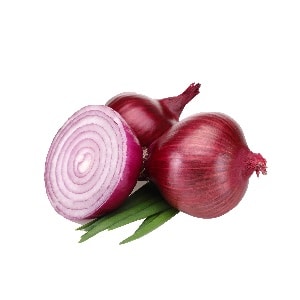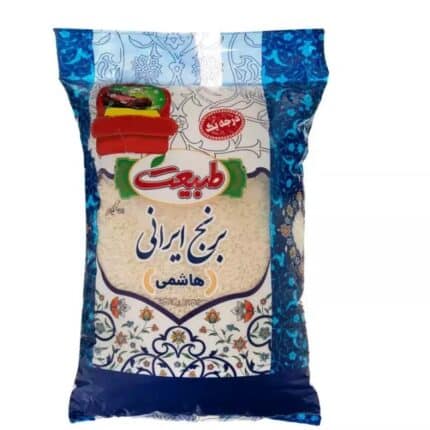Smokey rice iran برنج دودی ایران
AED17
⚠️ Orders placed after 2 PM will be shipped the next business day.
Add AED195 to cart and get free shipping!
Out of stock
Category: Rice
Tags: iran-1KG, smokey rice
Shipping & Delivery

🚚 زمان ارسال / Delivery Time / وقت التوصيل:
- 🕛 فارسی: سفارشهایی که بعد از ساعت 14 بعد ازظهر ثبت شوند، روز کاری بعد ارسال خواهند شد.
- 🕛 English: Orders placed after 14:00 PM will be shipped on the next business day.
- 🕛 العربية: الطلبات التي يتم إجراؤها بعد الساعة 14:00 ظهرًا سيتم شحنها في يوم العمل التالي.
Related products
Golestan Premium Hashemi برنج هاشمی گلستان
AED20 – AED100Price range: AED20 through AED100
Select options
This product has multiple variants. The options may be chosen on the product page


